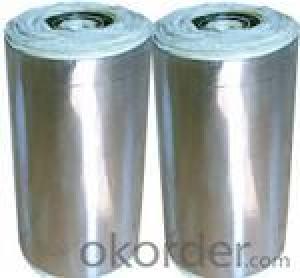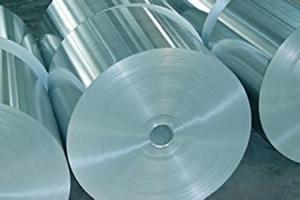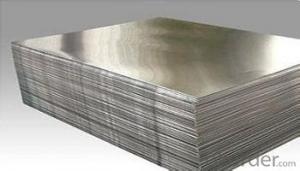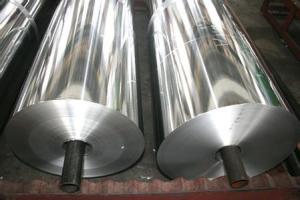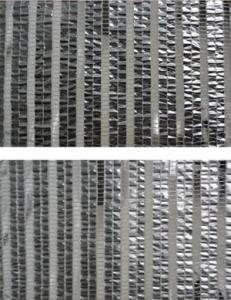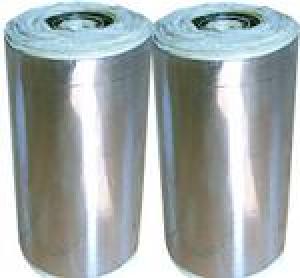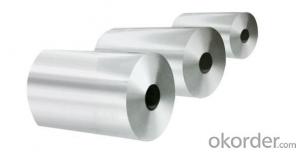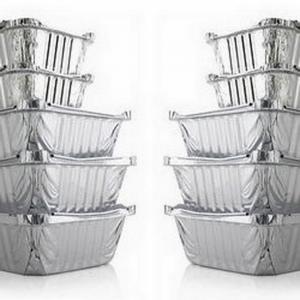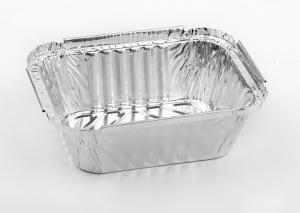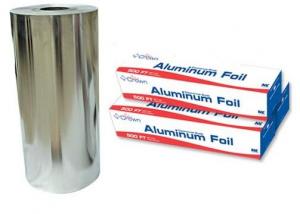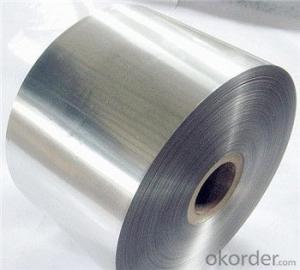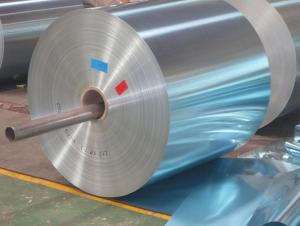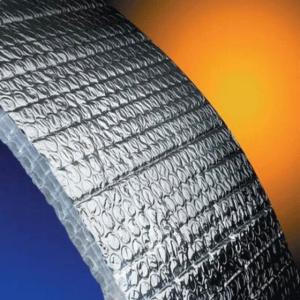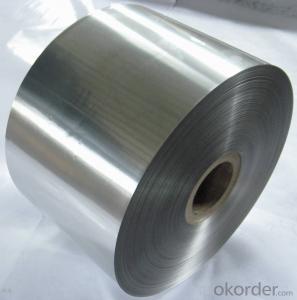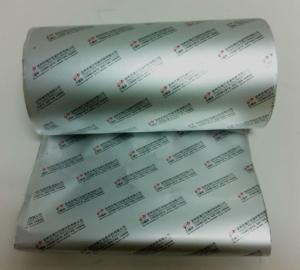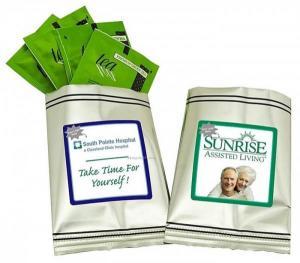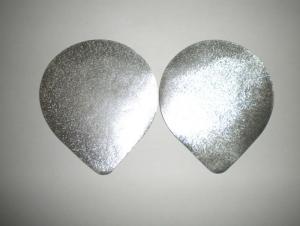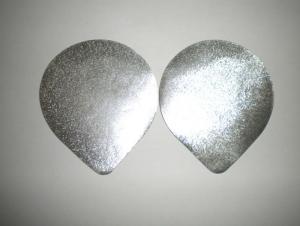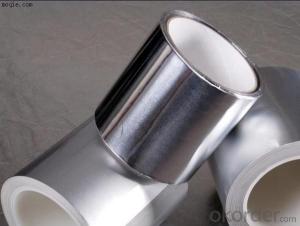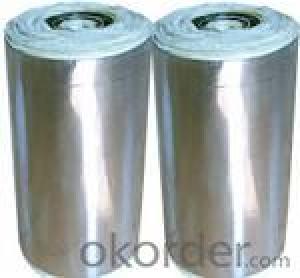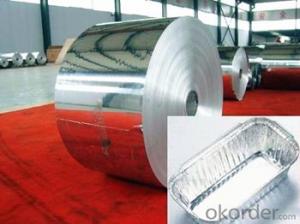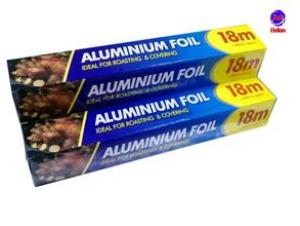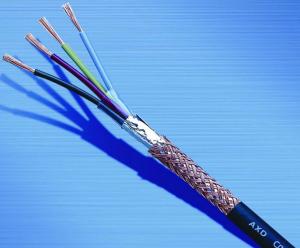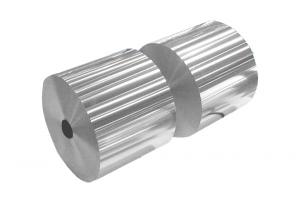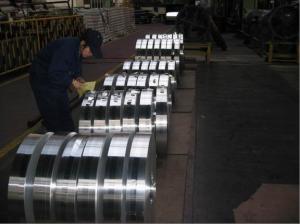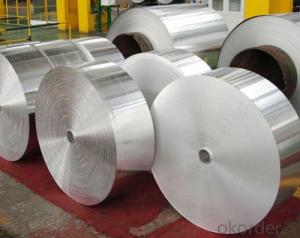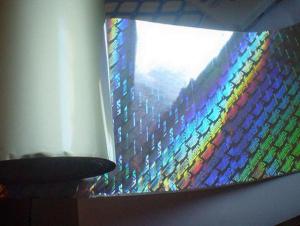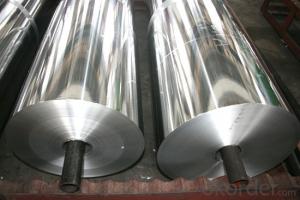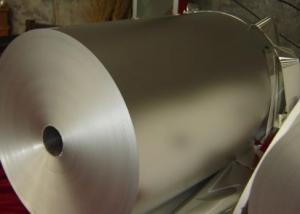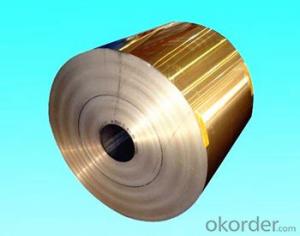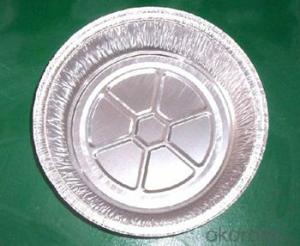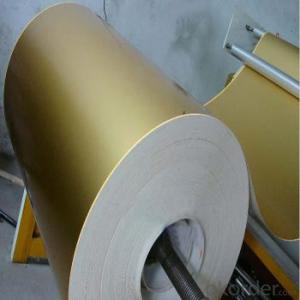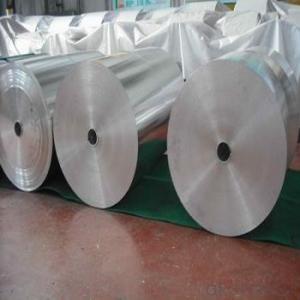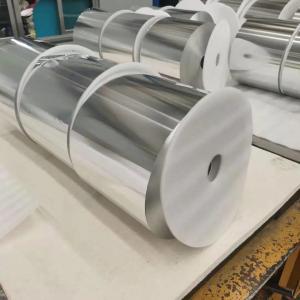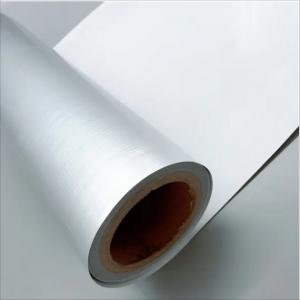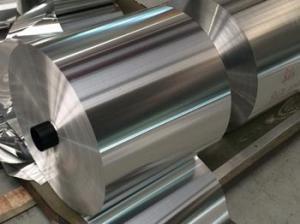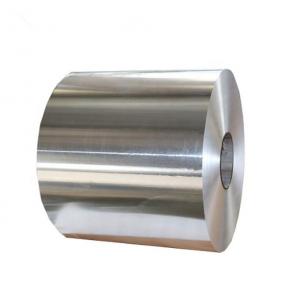Aluminum Foil 1000 Ft
Aluminum Foil 1000 Ft Related Searches
Aluminum Foil 1000 Feet 1000 Ft Roll Aluminum Foil 1000 Sq Ft Aluminum Foil Aluminum Foil 500 Ft Aluminum Foil 18 X 1000 18 X 1000 Aluminum Foil Aluminum Foil 12x1000 500 Ft Aluminum Foil Aluminum Foil 250 Ft 1100 Aluminum Foil 12 X 1000 Aluminum Foil Roll 250 Ft Aluminum Foil Aluminum Foil 200 Ft 500 Feet Aluminum Foil 200 Ft Aluminum Foil 1 Micron Aluminum Foil 10 Micron Aluminum Foil 250 Sq Ft Aluminum Foil Aluminum Foil Thick High Quality Aluminum Foil Aluminum Foil 300m Aluminum Foil 250 Sq Ft Aluminum Foil Foam Large Size Aluminum Foil 200 Sq Ft Aluminum Foil 100 Micron Aluminum Foil Aluminum Foil Coated Aluminum Foil Width Reinforced Aluminum Foil Large Aluminum FoilAluminum Foil 1000 Ft Supplier & Manufacturer from China
Aluminum Foil 1000 Ft is a versatile product that comes in a roll of 1000 feet, offering a long-lasting and efficient solution for various applications. This product is made from high-quality aluminum, ensuring durability and resistance to tearing, making it ideal for both commercial and household use. The aluminum foil is commonly used for food packaging, insulation, and crafting purposes, among other things. Its lightweight and flexible nature allows for easy storage and handling, making it a popular choice for a wide range of users.The 1000 Ft aluminum foil is widely utilized in various industries and households due to its numerous advantages. It is perfect for wrapping food items to keep them fresh, preserving their taste and quality. Additionally, it can be used for insulation purposes, providing a barrier against heat and cold, which is particularly useful in construction and automotive industries. For crafting enthusiasts, this aluminum foil offers endless possibilities, from creating decorative items to functional art pieces. Its malleability and shiny surface make it a favorite choice for a variety of creative projects.
Okorder.com is a leading wholesale supplier of Aluminum Foil 1000 Ft, boasting a large inventory to cater to the diverse needs of customers. As a reliable source for this product, Okorder.com ensures that customers receive high-quality aluminum foil at competitive prices. With a commitment to customer satisfaction, Okorder.com offers efficient shipping and excellent customer service, making it a go-to destination for those in need of aluminum foil in bulk quantities.
Hot Products
